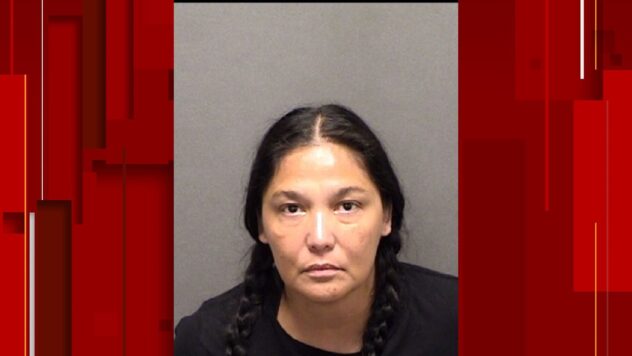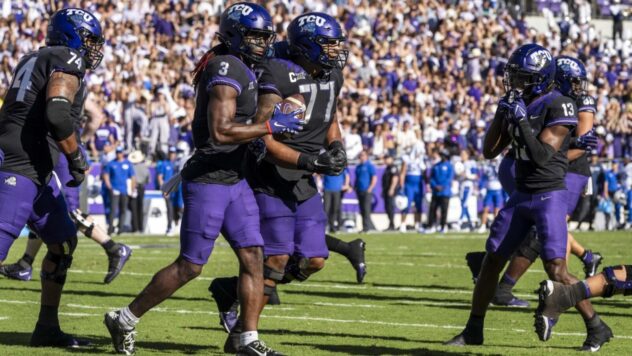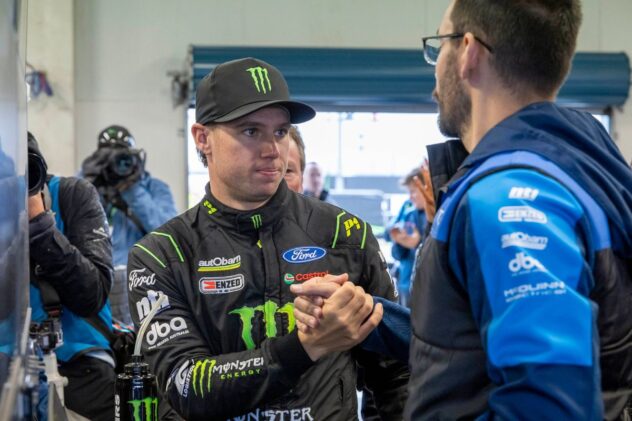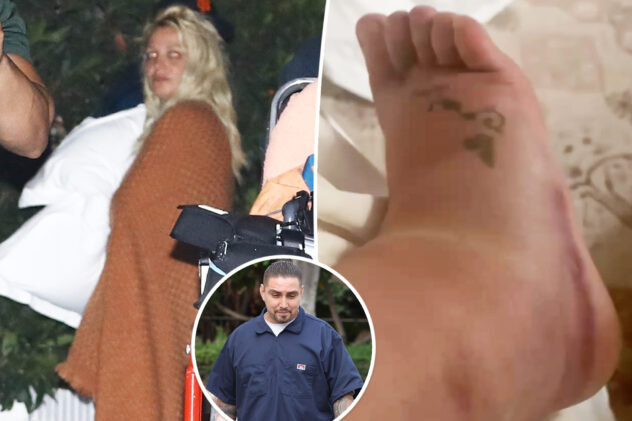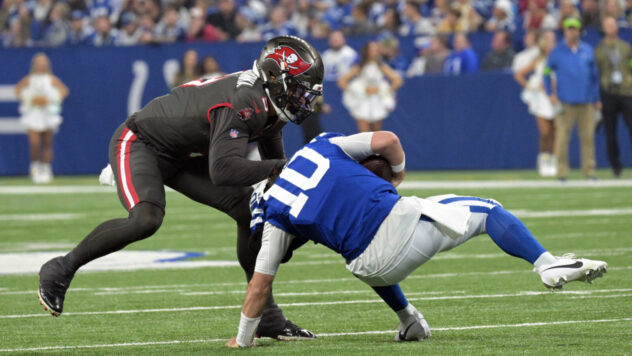Hospital exec discusses pandemic, peak in local cases
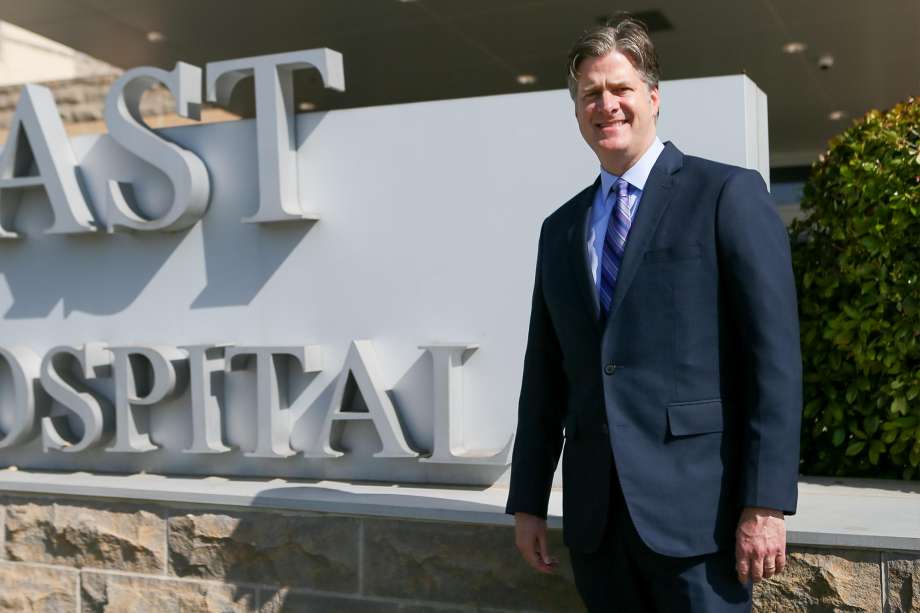
-
Northeast Methodist Hospital CEO Michael Beaver outside the hospital on April 24.
Northeast Methodist Hospital CEO Michael Beaver outside the hospital on April 24.
Photo: Marvin Pfeiffer /Staff Photographer
Northeast Methodist Hospital CEO Michael Beaver outside the hospital on April 24.
Northeast Methodist Hospital CEO Michael Beaver outside the hospital on April 24.
Photo: Marvin Pfeiffer /Staff Photographer
Now working a seven-day work week, Michael Beaver’s life has changed in ways he never would have imagined just a few short months ago.
“I think our ‘new normal’ isn’t going to be our old normal. I think things will be different over time,” said Beaver, chief executive officer at Northeast Methodist Hospital for the past six years.
Beaver addressed the Randolph Metrocom Rotary Club in a Zoom conference on April 13, detailing the hospital’s response to the global novel coronavirus pandemic and spelling out changes that have been implemented as a result.
“We believe the peak in San Antonio (in coronavirus) cases in San Antonio is going to be the last week in April or the first week in May,” Beaver said. “The data we look at on a regular basis continue to look better and better. The projections I looked at a month ago were much worse than the ones I am looking at today.”
The hospital in Live Oak has seen 19 patients test positive for COVID-19, the disease caused by the novel coronavirus, having admitted up to four at one time. As of April 25, the hospital’s specially designed COVID unit sits empty of patients that normally stayed up to 11-12 days, from admittance to dismissal.
“I think all the social distancing we’ve been doing has in fact flattened the curve, which has kept that spike from happening. It’s been pretty effective,” he told club members who tuned in for the teleconference.
Calling the month of March “the longest decade of my life,” Beaver reviewed statistics, talked about testing and spoke to ‘the new norm’ he has seen take place around him.
He said the U.S. experienced its first documented COVID-19 case in January.
“Six weeks later, on March 6, we had 161 positive patients in the U.S., and we had 14 deaths,” he said. “One month later, April 7, we went from 161 positive to 369,000 positives. In that one month, we went from 14 deaths to almost 11,000 deaths.
“It’s an exponential increase. It took us from January 22 to April 7 to get to 11,000 deaths, and it took only five more days to go from 11,000 to 20,000 deaths,” he added.
Northeast Methodist, he said, was able to create a separate COVID unit within the hospital. “We had the luxury of time that they didn’t have in New York City. We’ve been really blessed in Texas in that regard. We haven’t seen that rate of growth here yet.”
COVID-19 has proven to be far more deadly than the flu, and Beaver addressed the differences between the two. The country sees an average of about 60,000 deaths during a typical flu season; coronavirus has killed more than 55,000 Americans in just three months’ time.
“For starters, it’s not like the flu, it’s completely different,” he said. “The incubation period for the flu is usually 1-4 days, meaning in 1-4 days you start to show symptoms,” he explained. “The COVID incubation period can be between 1-14 days. So you can have it for a long period of time without showing symptoms and, during that time, transmit it to a lot of other people.
“So not only is the time period much longer, but it’s far easier to transmit,” he added.
The hospitalization rate also differs. About 2 percent of flu victims are hospitalized compared to about 20 percent of COVID-19 patients who are hospitalized.
“The length of stay for a flu patient is about 5 days; the length of stay for the average COVI-19 patient in a hospital is 11 days. It’s just a much sicker population, and that’s how it overruns the health care system,” he said.
With the country still in the grasp of COVID-19, fatality rates are not finite and are likely to be studied for years to come, he said.
“Flu is about a 0.1 percent fatality rate. Right now, COVID-19 is about1.5 percent, which makes it about 15 times more lethal than the flu,” he said.
Beaver detailed some of the changes that have taken place since the outbreak began.
“Everyone coming in could be a COVID-positive patient. They may be coming in for a heart attack, but they could still have COVID. So we … started screening everyone at the door,” he said.
Beaver alluded to the Zoom conference participation and said teleconferencing has been another advance.
“In February, we did a grand total of 0 telehealth visits, not one. Last week, we did more than 3,000,” he said. “I think people are going to realize, ‘I don’t need to go into the doctor’s office every time.’ That may become a ‘new norm’ in the healthcare industry.”
The wearing of masks in public helped stem the tide of spreading COVID-19.
“When wearing a mask, it doesn’t do as much to protect you as it does to protect the other people from you,” he said. “If 100 percent of the people at an H-E-B are wearing masks, it’s going to make H-E-B a much safer place to be.”
The hospital began limiting visitors to two visitors per patient. “That became one visitor and, right now, we have a policy of no visitors in our hospital,” he said.
In its emergency department, every patient that comes in is masked. “It doesn’t matter what you’re coming in for, the key is remembering the mask you wear doesn’t protect you, as much as it protects everyone else from you,” he added.
Among the new norms is a basic — hand-washing.
“Wash your hands, people. That’s still the single-best thing you can do. It feels like I’ve washed my hands 200 times a day,” he said.
While “flattening the curve” has worked to some extent, Beaver said testing availability is going to be one of the factors playing a role in getting past this.
“Having the ability to test anybody who wants to test is what will allow us to get on the other side of this, until we have a vaccine,” he said. “It’s getting better but we’re still not there yet. It has been our Achilles heel in the U.S., the lack of testing.”
One “return to normalcy” has been the Methodist Healthcare system’s decision to resume elective procedures and surgeries at all of its nine hospitals.
An undated letter from Allen Harrison, Methodist Healthcare president and CEO, spells out the change.
“Elective procedures have been classified within tiers of urgency and acuity,” Harrison wrote. “You will see continued, and in some cases enhanced, screening, testing, masking and patient flow procedures.”
He said all healthcare systems recognize a public reluctance toward current medical care.
“Overall, consumers are scared, confused and not confident that life will return to normal. Patients will likely have questions about their safety in respect to COVID-19,” he added.
The letter addressed several safety measures being administered: universal COVID-19 testing for all elective surgery patients prior to their procedure; continuing a ‘no visitor’ policy, in compliance with state orders; providing masks for all who enter a facility; heightened infection prevention policies to remove high-touch items, as well as prohibit food and drinks in clinical areas; adding screeners to all care facilities; and using available technology to minimize patients’ time in facility waiting areas.
“Moving forward, we are fully committed and prepared to care for patients who have been waiting patiently to receive these procedures,” he said, adding, “You and your patients’ safety, along with the safety of our staff, are our top priorities as we begin this phased approach to reopen more services.”

